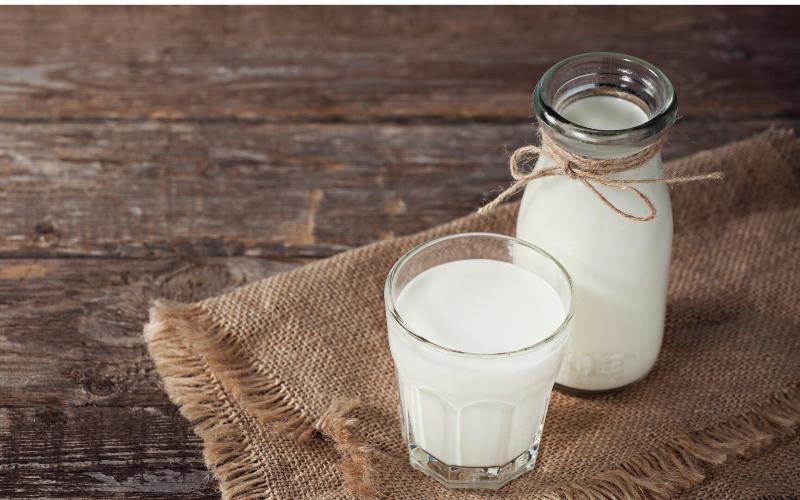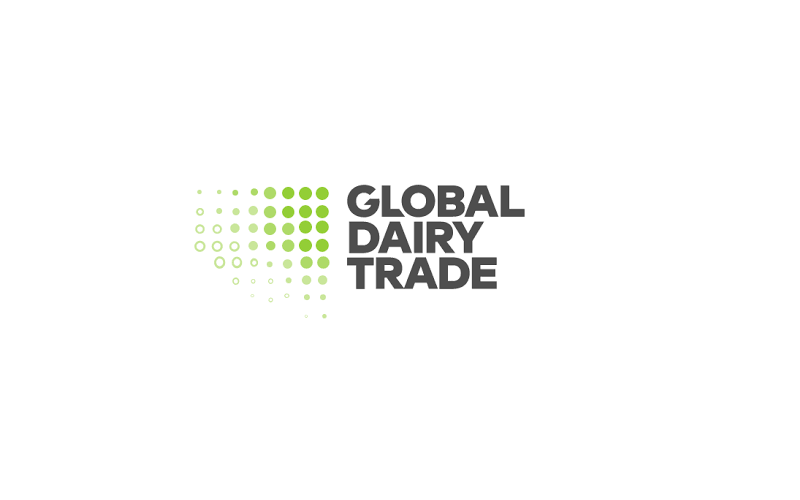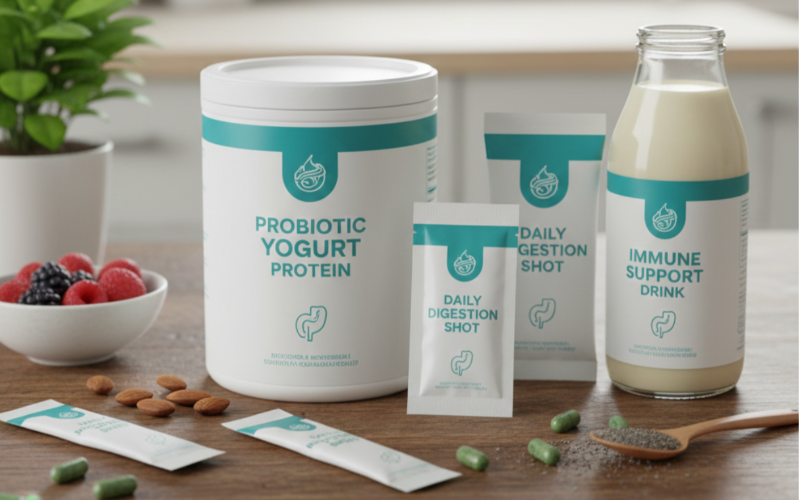US Dairy Industry Faces Shift as Milk Fat Outpaces Protein Growth

Recent analyses of U.S. dairy data reveal a significant shift in milk component production, with milk fat output outpacing that of milk protein. This development has crucial implications for dairy manufacturers and commodity analysts worldwide.
Holstein cows in the U.S. are currently averaging a record-high milk fat production of 4.11%, while the Jersey breed reaches 5.01%. This trend is primarily driven by advanced dairy cattle nutrition and genetic management, responding to strong market demand and favorable pricing for butterfat.
For cheese manufacturers and producers reliant on milk protein, this shift could result in increased costs due to the need for greater supplementation or alternative sourcing. In contrast, processors focusing on butter and ice cream benefit from the growing supply of butterfat, strengthening the U.S. fat market in global commodity trading.
The economic ramifications span the entire dairy supply chain, necessitating strategic adjustments in processing capacity, product formulation, and contract negotiation for both domestic and international markets. Analysts must track this imbalance to forecast how the changing supply profile will affect international trade balances, especially in markets demanding high-protein solids.
Overall, the U.S. dairy sector faces a critical need for research and development to boost milk protein yield economically, without compromising fat production, to maintain profitability and meet global market demands.











